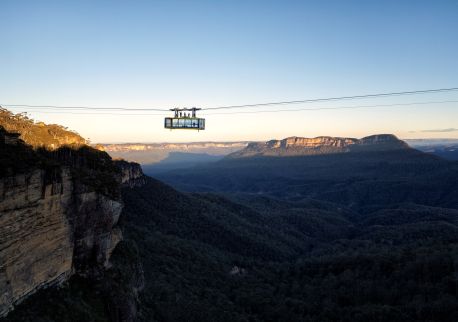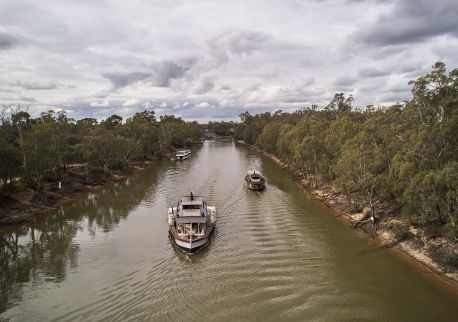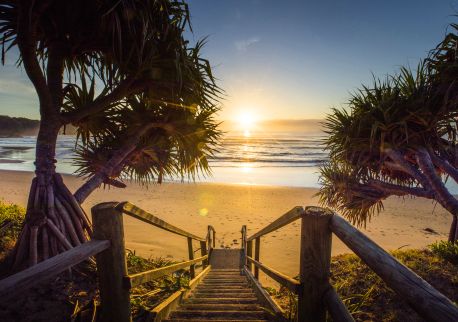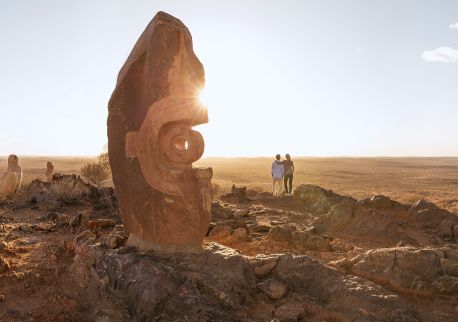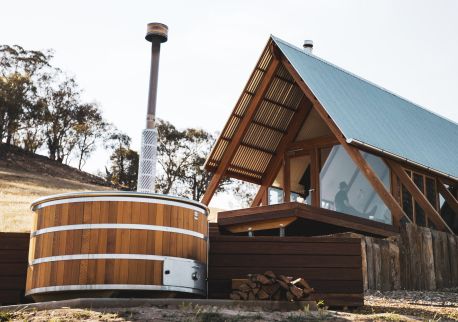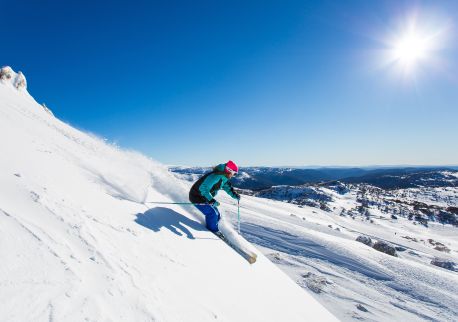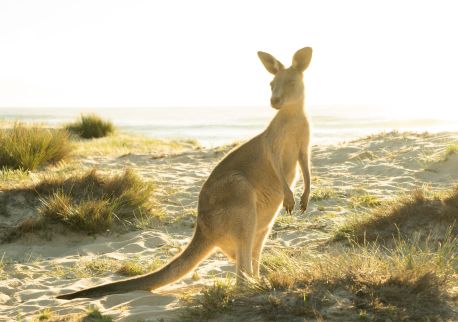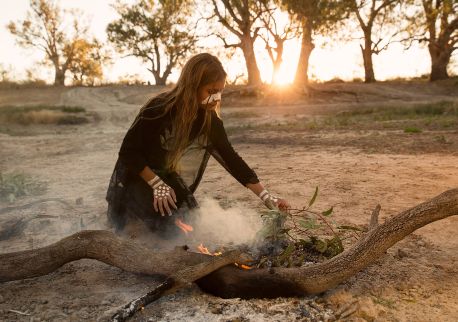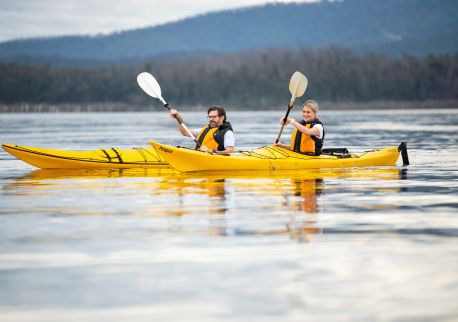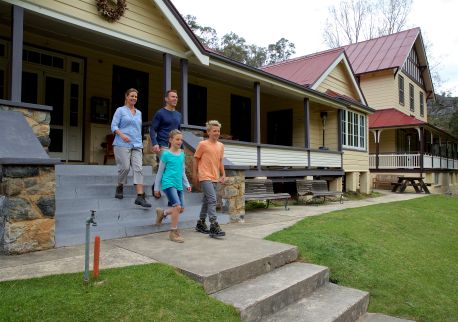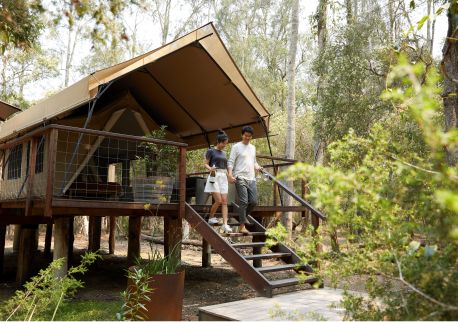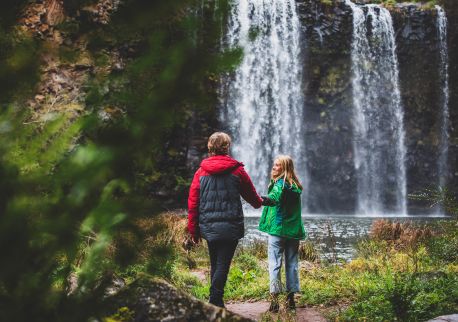Burning Mountain Walk
Highlights
Overview
You would expect a fire sizzling below ground for 5,500 years to have some fairly dramatic effects on the vegetation, and the remarkable phenomenon of Burning Mountain is reflected in the plants and animals adapted to life around it. As you set out from the carpark on a moderate walk to the head of the coal seam, expect to pass through eucalypt groves and other types of Upper Hunter woodland. Plenty of dead trees and hollow logs provide homes for lots of wildlife.
As the fire moves one metre every year, the landscape changes: red gums grow along subsidence cracks, and later you’ll come across narrow-leaved stringy bark, tea trees, and stunted grey gums. There are loads of birds in the area, too, so bring the binoculars if birdwatching is an interest.
Anybody interested in the story of what’s going on below ground won’t be disappointed either: information panels along the track unpack the story of Burning Mountain, including its science and fascinating Aboriginal heritage. A viewing platform is located at the climax of Burning Mountain walk.

